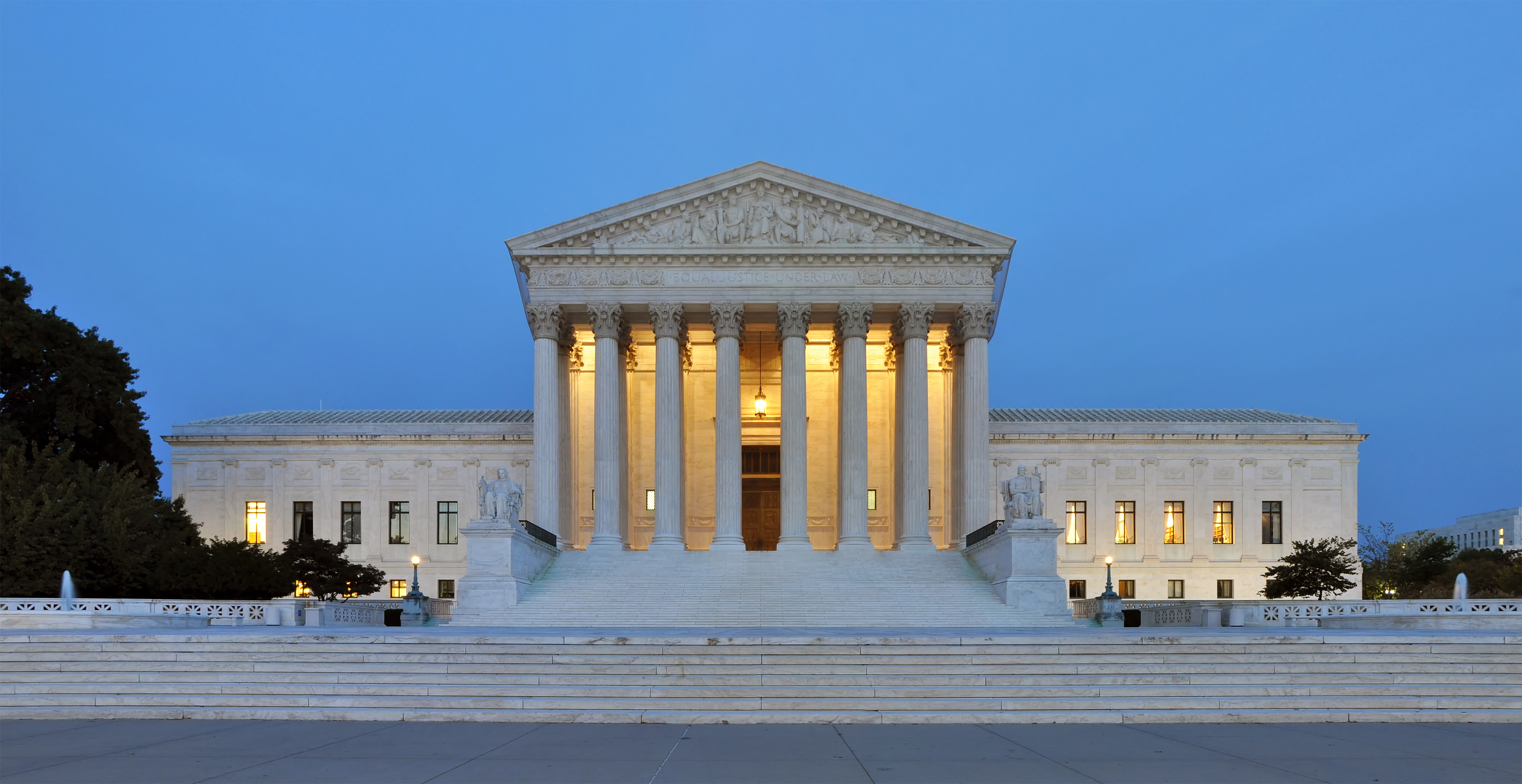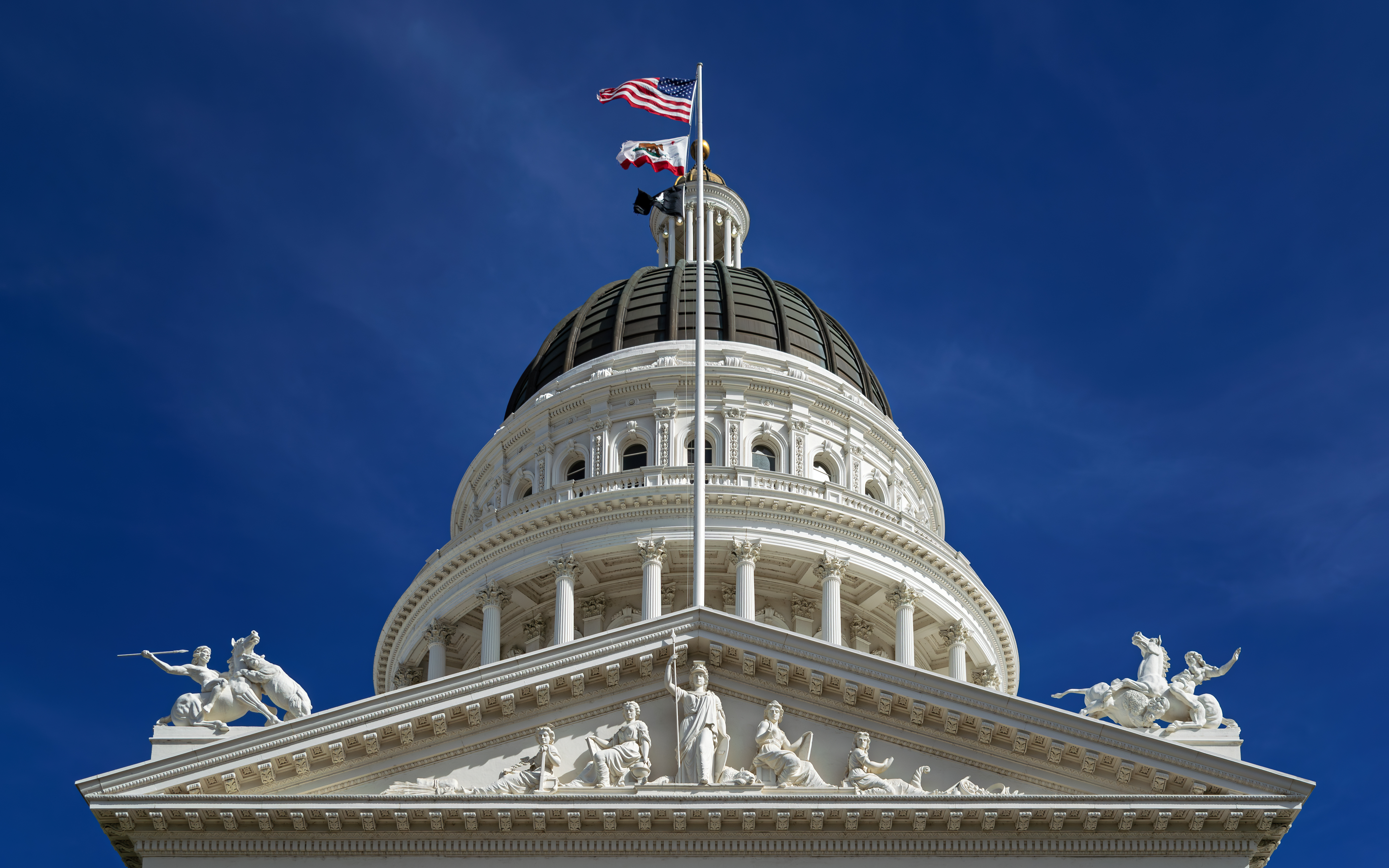Democratic operative James Carville’s latest tirade against the Supreme Court reveals everything Americans need to know about the progressive movement’s relationship with constitutional governance. In a stunning display of institutional hostility, the longtime Clinton strategist openly called for Americans to “disrespect” the nation’s highest court, claiming justices “don’t care about the Constitution.” The irony is breathtaking—and deeply revealing.
Carville’s meltdown stems from the Court’s recent decisions restoring constitutional principles that Democrats spent decades dismantling through judicial activism. When the Court requires Louisiana to follow actual constitutional law rather than racial quota systems in redistricting, Carville sees constitutional crisis. When justices interpret text as written rather than as progressive wishlist, he declares war on judicial independence itself.
This represents far more than political frustration. Carville’s outburst exposes the authoritarian mindset that has captured the Democratic Party—institutions are legitimate only when they serve progressive ends, constitutional only when they advance leftist policy goals. The same voices demanding Americans “respect our democracy” now openly advocate defying the judicial branch when it inconveniently follows the Constitution.
The current Supreme Court’s return to originalist interpretation directly threatens the Left’s primary governing strategy: using activist judges to impose policies they cannot achieve through democratic processes. For decades, progressives bypassed voters and legislators by finding friendly courts to manufacture constitutional rights for abortion, redefine marriage, and expand federal power beyond recognition. A Court committed to textual interpretation and federalism principles dismantles this entire project.
Consider the broader pattern. When the Court restored the Second Amendment’s plain meaning in recent gun cases, Democrats declared judicial illegitimacy. When justices returned abortion policy to elected representatives as the Constitution requires, progressives questioned the Court’s very existence. When the Court protected religious liberty and free speech—rights explicitly enumerated in the First Amendment—the Left discovered newfound concerns about “judicial overreach.”
This constitutional restoration directly serves America First principles by rejecting globalist legal theories that subordinate American sovereignty to international opinion. The Court’s emphasis on constitutional text over foreign precedent, state authority over federal micromanagement, and democratic processes over judicial decree represents a fundamental return to American governance.
The economic implications are equally significant. Constitutional limits on federal power create space for the state-level policy competition that drives innovation and growth. When courts respect the Constitution’s federalism principles, states can pursue pro-business policies without Washington’s interference. When judges interpret regulatory authority narrowly rather than expansively, American entrepreneurs gain breathing room to create wealth and jobs.
Carville’s desperation signals that constitutional conservatives are winning the long-term battle for judicial philosophy. The Reagan revolution’s promise of returning government to constitutional boundaries is finally being fulfilled, forcing progressives into increasingly radical positions that alienate mainstream Americans. Voters who respect institutions and constitutional governance can see clearly which side actually threatens democratic norms.
The historical parallel is instructive. Previous generations of progressives similarly attacked the Court when it inconveniently followed constitutional text—from FDR’s court-packing scheme to liberal fury over decisions protecting property rights and limiting federal overreach. Each time, Americans ultimately sided with constitutional governance over political expedience.
Patriots should expect these attacks to intensify as the Court continues dismantling decades of progressive legal architecture. Every decision restoring constitutional meaning will trigger fresh calls to pack, delegitimize, or ignore the judicial branch. This desperation reflects the Left’s growing realization that their institutional capture strategy is crumbling.
The path forward is clear. Constitutional conservatives must continue appointing judges committed to textual interpretation while educating Americans about the proper role of courts in our system. As the Supreme Court restores constitutional governance, the contrast between America First respect for institutions and progressive hostility toward inconvenient law becomes undeniable.
Carville’s constitutional tantrum ultimately serves patriotic ends—exposing the authoritarian impulses that drive modern progressivism while highlighting the success of the conservative legal movement’s patient, principled work.





